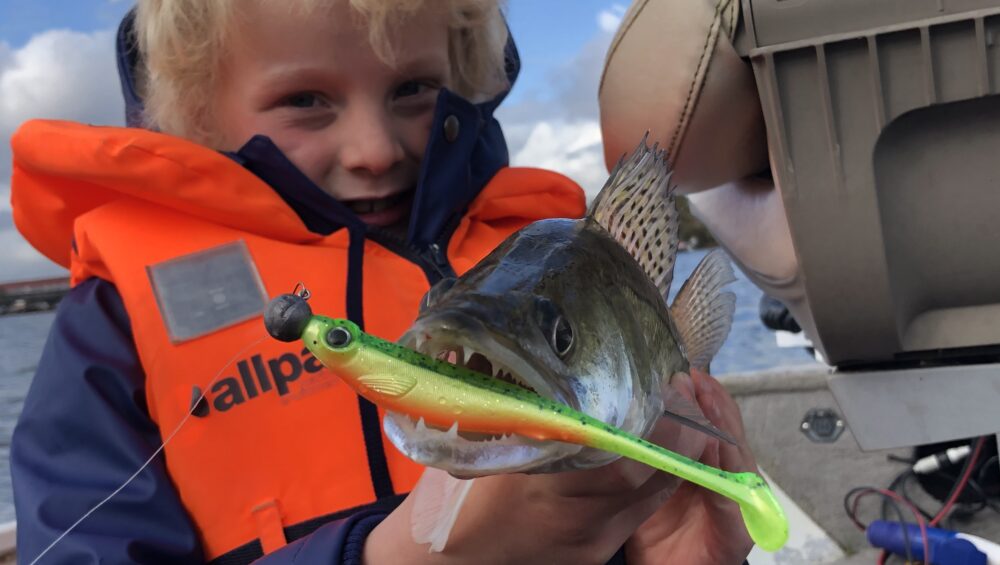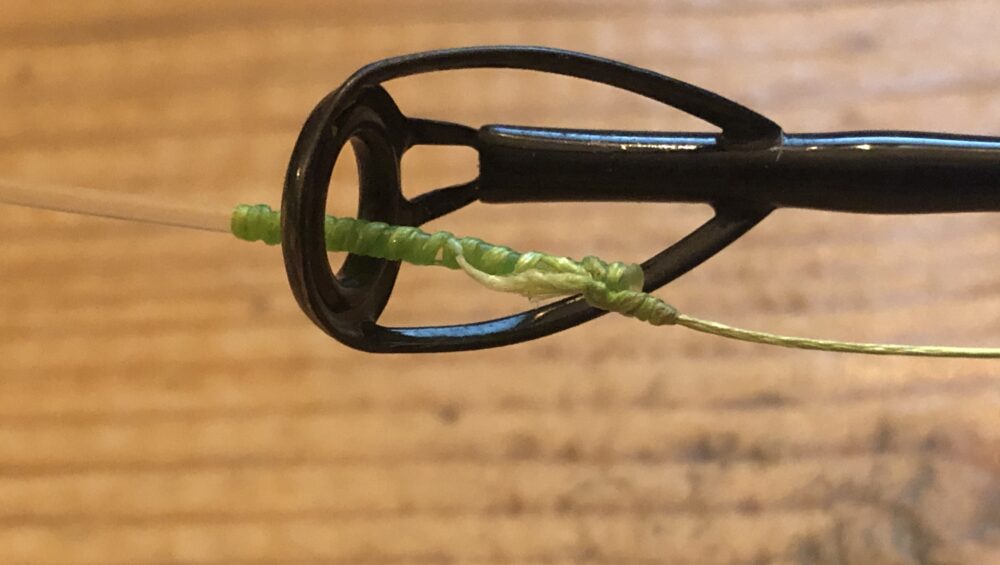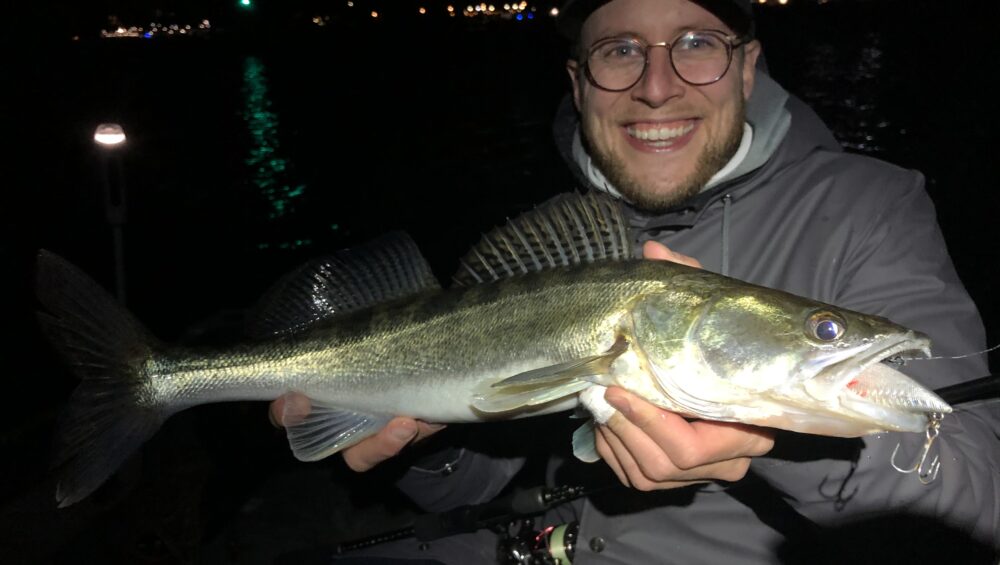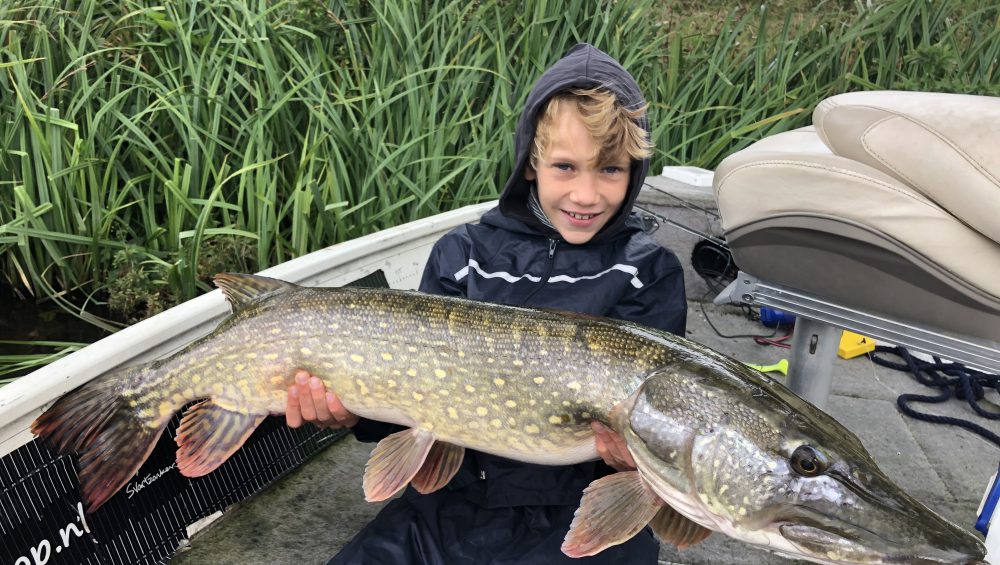Few colorways are as popular as the “fire tiger”: green back, chartreuse flanks and an orange belly. To top it off, there is often also a black tiger print on the back. Pike and zander are particularly fond of this pattern, but why? While researching for my book, I came across the secret and suddenly everything fell into place.
Researchers at the University of Wisconsin have investigated the visibility of the different colors in both clear and cloudy water. It is striking that in cloudy water, blue is no longer recognizable after a few decimeters, and you can no longer recognize red at a depth of two meters. Green and yellow, on the other hand, can also be recognized at a depth of 4 meters; deeper than any other color.
Chartreuse, the yellow-green stunner
The above explains the success of “chartreuse”, a color between green and yellow. Chartreuse is also clearly visible in deeper water, especially in cloudy conditions. Or at least more visible than all other colors. Add some orange and a highly contrasting black tiger print and you have a pattern that has been doing great in our frog country for decades: fire tiger. So if you go after pike and zander and you have to deal with “dark” water, you better have a fire tiger in your tackle box.
My favorite fire tigers
When I see that the water in Amsterdam has little transparency, I will not leave home without the UV Mojito (fancy name for “fire tiger”) of the 12 cm Spro Iris Popeye shad. Another top color of this shad is the UV Brown Chart: brown back with chartreuse belly. If I go after the pike in Amsterdam with cloudy water, then the yellow-green 3D River Roach Paddle Tail is a winner. Of course there are hundreds of other good options, as long as they contain yellow and green!
More information about choosing the right color lure can be found on pages 147 – 150 of “Think like a fish”.
Smooth lines!










